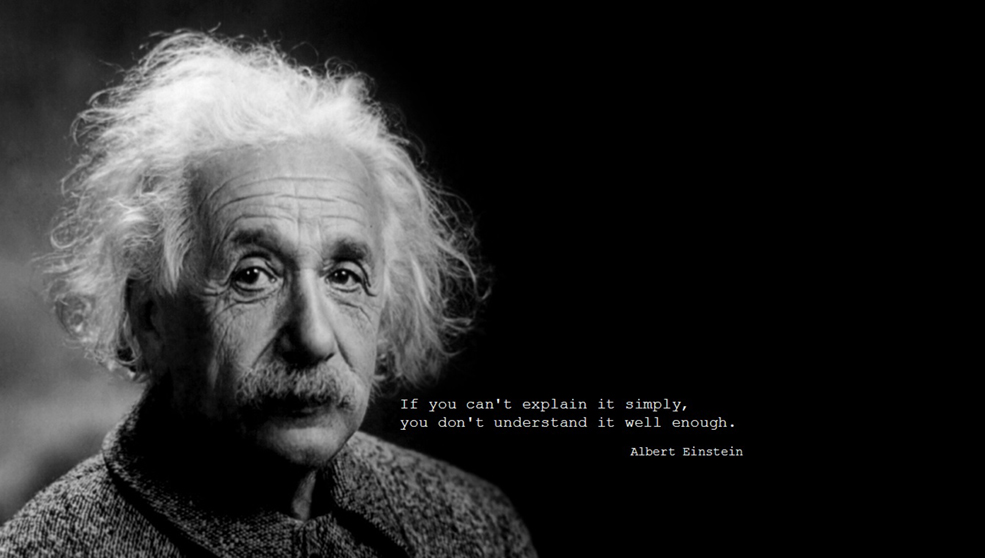
Resumes that land interviews have one thing in common: they catch and keep the interest of the person reading them. Before you sit down and tackle the daunting task of writing your own resume, use these four tips to improve your next job application.
Know the job
Read the entire job poster thoroughly before getting started. Look for a clear understanding of:
- Exactly what the employer is looking for from an ideal candidate
- Precisely what the employer needs the candidate to deliver
Once you understand the type of candidate the employer wants for the vacancy, jot down your ideas of things to include in your resume. Remember you want to match what you learned from the job poster with what you share on your resume.
When you know what the employer seeks from an ideal candidate, you can focus your writing to address each of these criteria. For example, if you know the employer needs to have five specific abilities met, then your job is to ensure you feature these five specific abilities first and foremost on your resume.
Research the employer
Understand the employer by reading more than the job advertisement. Take a look at paper articles and annual reports, browse their web site, review their Twitter feed, search Linkedin to see whether you may know someone inside the company. Know their corporate culture and where they stand on issues pertaining to their industry. For example the environment, community involvement, philanthropy, family, or work life balance. This can give you an idea of soft skills or interests to highlight in your resume. Conducting research in advance of your application will ensure you are well informed, could give you the edge over your competition, and ultimately can tip the scales in your favour.
Make a Match
When Fortune Magazine asked Top Recruiters to share their secrets on how to get hired, Andrew Levy, Talent Brand and Social Media Manager from Autodesk said
“… the applications that capture our attention are the simple and honest ones — the ones that show … how they match up with us.”
You may have hundreds of talents to share with an employer – do not include them all in your resume. Doing so is asking the employer to do all the work – like trying to find a needle in a haystack. Instead, tell your reader up front that you have what they need. Make it easy for them to find the matches between you and what they need. Place their top five priorities on the top third of the first page of your resume. That should grab their attention and keep it.
A recent finding of the Career Thought Leader’s Consortium noted
“powerful resumes ‘connect the dots’ for readers”.
A strong resume makes it easy for the person reading it to identify the match between the position and the candidate.
Take all the key elements you learned from the job poster and match each requirement with an example from your own work history. Demonstrate that you have the talent they seek by giving examples of how you meet the specified criteria. Be precise and use specific examples, preferably with numbers that will add context to your career accomplishments.
Don’t just tell them you
“planned a national conference”.
Tell them you
“led the 25-person planning committee that delivered a successful and engaging national conference for 1,200 neurosurgeons”.
Use a formula
Writing statements like the one above may not come naturally to you. If that is the case, use a template or a formula to get started. One that I use quite often takes the form of – Situation. Action. Result (SAR). When you tell stories using this formula the reader gets a good sense of what you did, why you did it, and how it helped the company. According to Betty Woodman a senior resourcing strategist with the federal government,
“It is important to know your story and be able to tell it in a context that is valuable to the listener.” This is exactly the positive impression you want to leave an employer.
This simple example illustrates the uses of the SAR formula:
S (Situation) Morale was low.
A (Action) Assessed team, established trust, provided training.
R (Result) Improved employee engagement over year prior (compared to year prior)
This might read like this on your resume:
“Improved low morale issue having assessed team of 67, established trust and provided comprehensive training that resulted in 39% increase in annual employee engagement survey.”
Together, these simple tips can improve your resume’s chances of being read. Knowing what the employer needs is the first step to writing a resume that garners attention. Taking time to search your own accomplishments and design a resume that highlights the value you bring to the organization you are targeting can make all the difference.
Related Categories: Career Clarity, Job Search, Resumes & ATS
About The Author
Maureen McCann is an award-winning career coach, master resume writer, and master certified interview, employment, and career strategist whose clients include C-level executives, managers, and professionals in all industries including the Canadian banking, oil and gas, healthcare, IT, and government sectors.
